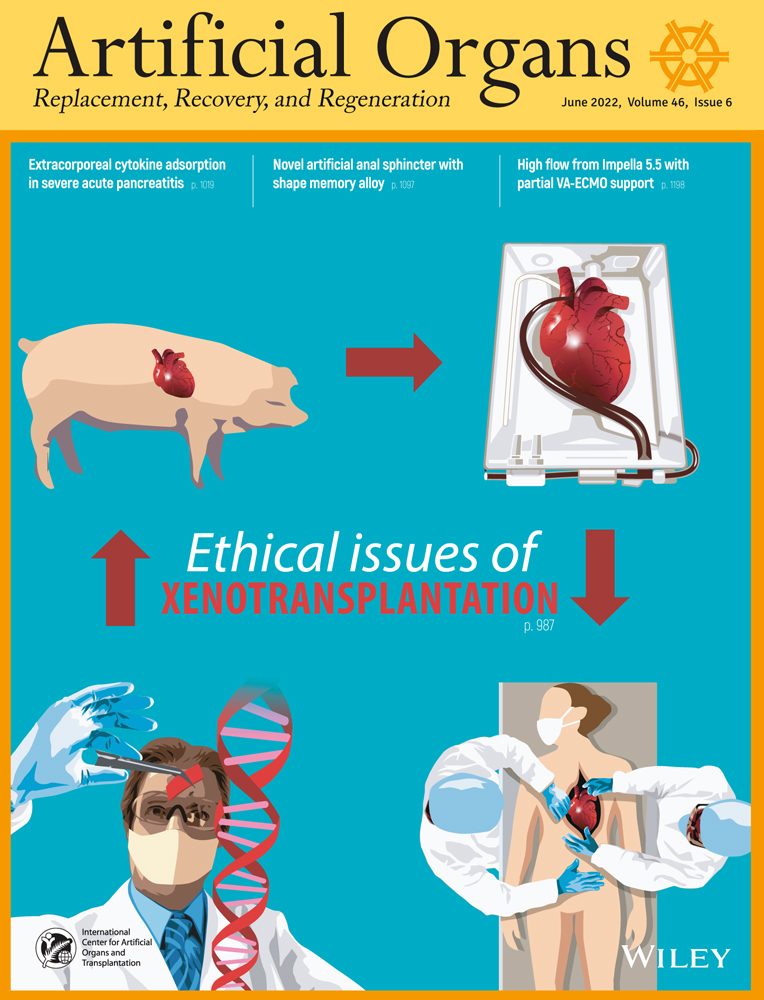Experimental assessment of a novel artificial anal sphincter with shape memory alloy
Abstract
Background
Fecal incontinence caused by sphincter dysfunction is a difficult medical problem that has not been fully resolved. The artificial anal sphincter provides a new therapeutic strategy for fecal incontinence. In order to solve the biomechanical compatibility problem between the artificial anal sphincter and intestinal tissue in clinical application, a design of constant force artificial anal sphincter was assessed in this paper.
Methods
The constant force properties and safety of this novel device were evaluated by an experiment conducted in pig intestines with various thicknesses. The constant force characteristic of the device was evaluated by the intestinal pressure of the pig intestine. The safety of the device was evaluated by the surface contact stress of the pig intestine clamped by an artificial anal sphincter.
Results
The average measured value of the intestinal pressure of the pig intestines with three thicknesses is about 55.3 mm Hg, the maximum pressure difference is 1 mm Hg, and the fluctuation error of constant clamping load is about 1.8%. The constant clamping load fluctuation error of the four measuring points of the pig intestines with three thicknesses is less than 2%. Even if the thickness of the pig intestines is changed, the measured contact stress value is lower than 10 kPa, which may avoid bit damage for the intestinal tissue.
Conclusions
This study demonstrates that the novel artificial sphincter has constant force properties and safety, which prevent ischemic necrosis of soft tissues caused by excessive pressure. Therefore, this study raises the possibility of the long-term efficacy of artificial anal sphincter.
CONFLICT OF INTEREST
There are no financial conflicts of interest to disclose.




